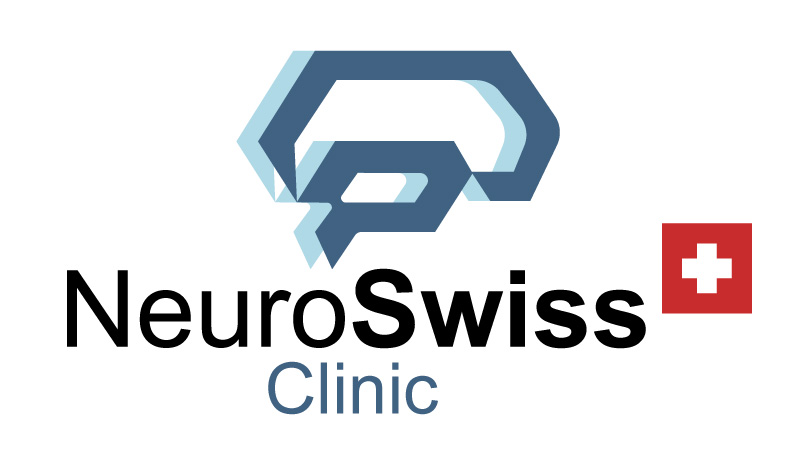Understanding Different Types and Innovative Treatments
Anxiety is one of the most common mental health conditions worldwide. It manifests in different forms, including generalized anxiety, panic attacks, and mixed anxiety-depressive disorder. Although anxiety disorders vary in severity and symptoms, they all impact mental well-being and daily functioning.
What is Anxiety?
Anxiety is a natural response to stress or perceived danger, often referred to as the “fight-or-flight” response. However, when anxiety becomes excessive or chronic, it evolves into an anxiety disorder, which can be debilitating. According to the World Health Organization (WHO), anxiety affects more than 260 million people globally.
Anxiety with and without Panic Attacks
Anxiety disorders can be categorized based on whether they include panic attacks. Let’s examine both types:
- Anxiety without panic attacks: This typically refers to Generalized Anxiety Disorder (GAD), where individuals experience persistent and excessive worry about everyday situations. Common symptoms include restlessness, fatigue, difficulty concentrating, and muscle tension.
- Anxiety with panic attacks: This includes Panic Disorder, where individuals experience sudden and intense episodes of fear or discomfort known as panic attacks. Symptoms include a racing heart, shortness of breath, dizziness, and a sense of impending doom. Panic attacks can occur unexpectedly or be triggered by specific situations.
Mixed Anxiety-Depressive Disorder
Mixed Anxiety-Depressive Disorder is a condition where anxiety and depression occur together, often making the symptoms more severe and harder to treat. Individuals with this disorder may experience symptoms of both anxiety and depression, such as:
- Persistent feelings of worry, fear, or sadness
- Difficulty sleeping or concentrating
- Fatigue or lack of energy
- Physical symptoms like headaches or digestive issues
Latest Discoveries in Anxiety Research
Recent research highlights a more profound understanding of anxiety disorders, particularly regarding the neurobiology of anxiety and how it interacts with mood disorders like depression. A 2020 study by Craske et al. found that anxiety disorders involve disrupted neural circuits in the brain, particularly those responsible for emotional regulation and threat perception. This finding has opened the door for novel treatment approaches, particularly those that target brain function directly.
Additionally, psychoneuroimmunology, which studies the interaction between psychological processes and the nervous and immune systems, has shown that chronic anxiety may cause inflammatory responses in the body, contributing to physical health issues.
Innovative Treatment Approaches: iSyncWave, PBM, and Neurofeedback
Traditional treatments for anxiety include cognitive-behavioral therapy (CBT), medications such as selective serotonin reuptake inhibitors (SSRIs), and mindfulness techniques. However, newer treatments using cutting-edge technologies like iSyncWave, Photobiomodulation (PBM), and Neurofeedback have gained attention for their potential to directly target brain activity and improve anxiety symptoms.
iSyncWave for Anxiety Treatment
The iSyncWave system utilizes QEEG-guided brain mapping to identify abnormal brainwave patterns associated with anxiety. Studies have shown that individuals with anxiety disorders often have elevated beta brainwave activity, which is associated with hyperarousal and worry. iSyncWave helps clinicians visualize these patterns and provides real-time feedback to create personalized neurotherapy sessions.
Photobiomodulation (PBM) Therapy
PBM therapy uses near-infrared light to stimulate brain cells, reduce inflammation, and improve cellular metabolism. PBM therapy has shown potential in alleviating anxiety by:
- Modulating neurotransmitters like serotonin and dopamine, which play key roles in mood regulation.
- Reducing oxidative stress and neuroinflammation, factors associated with chronic anxiety and depression.
A study by Rojas and Gonzalez-Lima (2019) demonstrated that PBM can reduce anxiety-like behavior and improve overall mood by enhancing mitochondrial function and promoting neuroplasticity. The use of iSyncWave’s PBM module allows for targeted therapy, helping individuals manage their anxiety symptoms more effectively.
Neurofeedback for Anxiety
Neurofeedback has emerged as a promising tool for treating anxiety disorders. By providing real-time feedback on brain activity, individuals learn to regulate their brainwaves, which can lead to a reduction in anxiety symptoms. Research by Hammond (2015) highlights that neurofeedback can decrease beta brainwave activity, resulting in improved relaxation and emotional control.
iSyncWave’s neurofeedback feature allows clinicians to monitor patients’ brainwaves and provide immediate feedback. This helps patients train their brain to adopt healthier, more balanced patterns of activity, which can alleviate anxiety and prevent panic attacks.
Conclusion
With advancements in brain mapping technology and therapies like iSyncWave, Photobiomodulation (PBM), and Neurofeedback, treatment for anxiety disorders has entered a new era. These innovative approaches offer targeted, non-invasive treatments that directly address the neural mechanisms underlying anxiety, offering hope to millions of people suffering from anxiety and related conditions.
References
- Craske, M. G., et al. (2020). “Neural mechanisms of anxiety and its treatment: Challenges and opportunities.” Nature Reviews Neuroscience, 21(9), 564-577.
- Rojas, J. C., & Gonzalez-Lima, F. (2019). “Low-level light therapy of the eye and brain in anxiety and depression.” Progress in Brain Research, 244, 191-213.
- Hammond, D. C. (2015). “Neurofeedback treatment of depression and anxiety.” Journal of Mental Health Counseling, 37(1), 103-116.
- Park, S., et al. (2022). “AI-powered QEEG-guided neurofeedback for anxiety treatment.” Frontiers in Psychology, 13, 203-215.
- Wu, C. C., et al. (2021). “QEEG neurofeedback and PBM for mixed anxiety and depression.” Brain Sciences, 11(6), 707-719.

